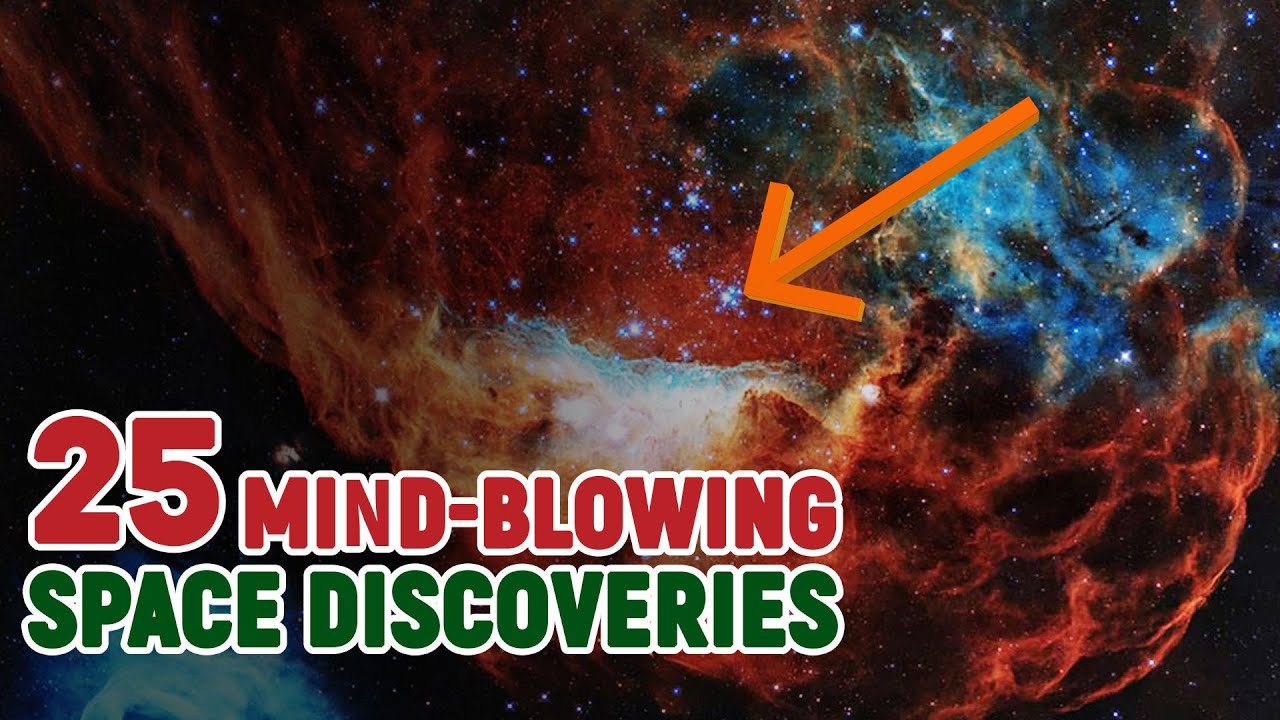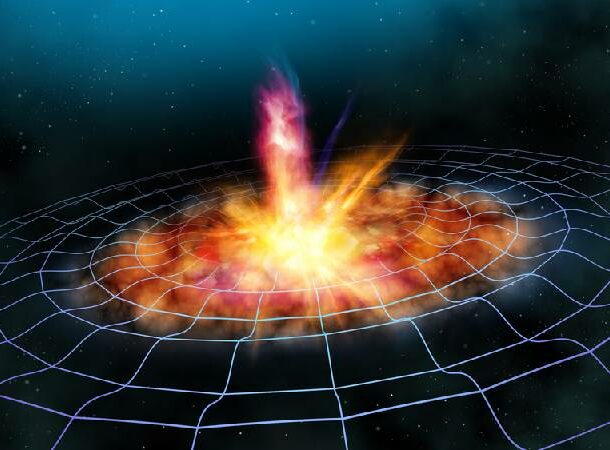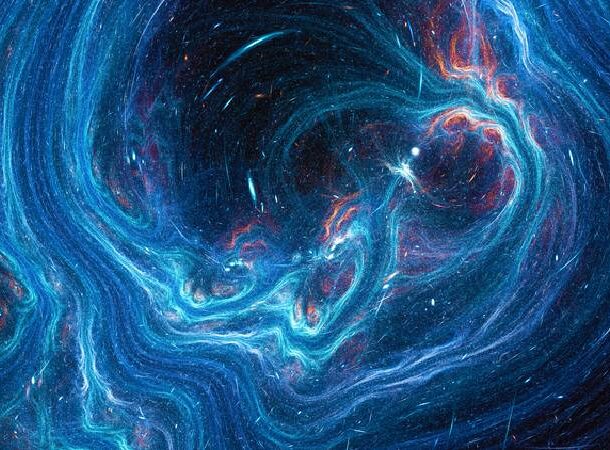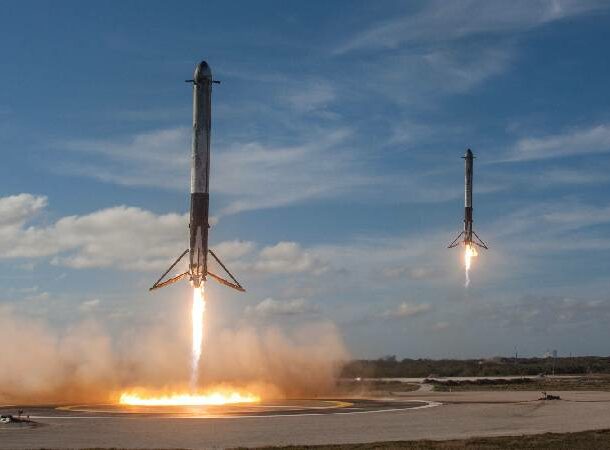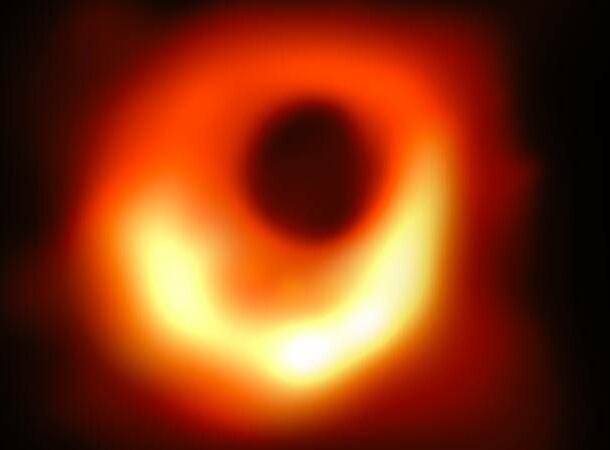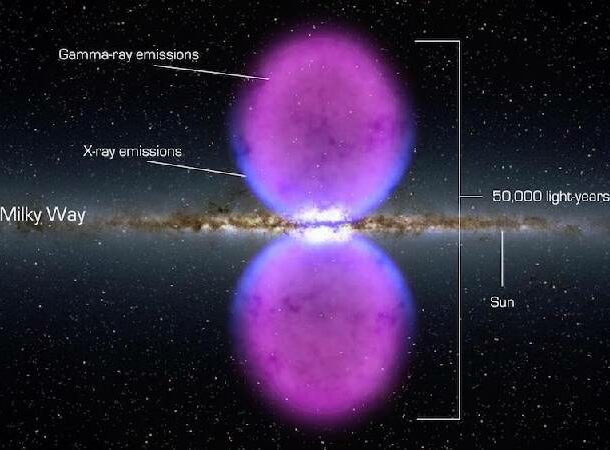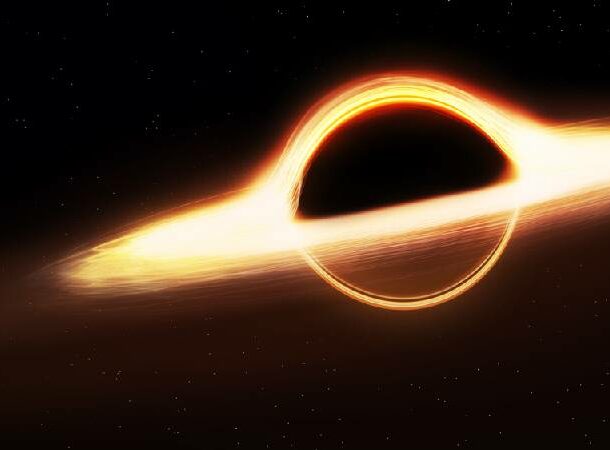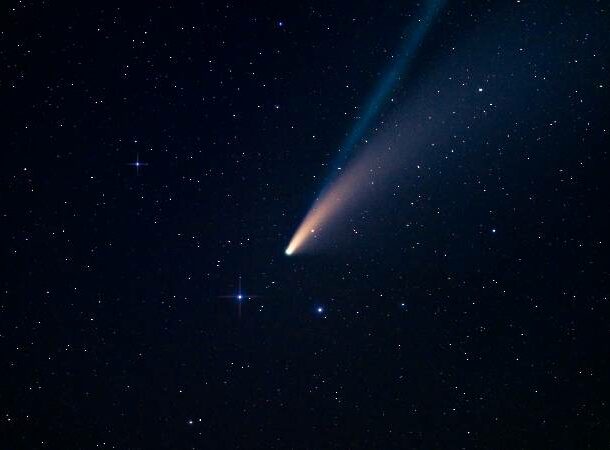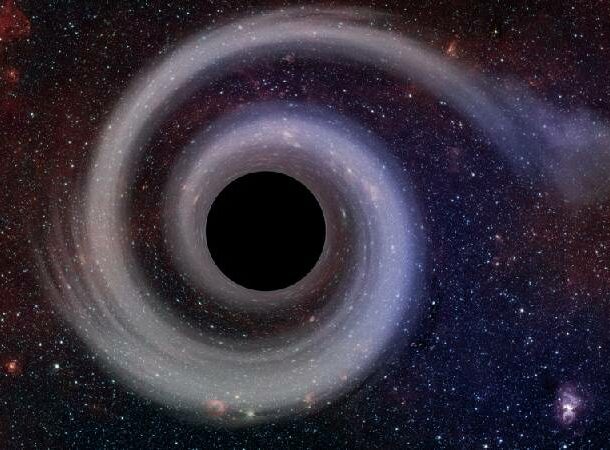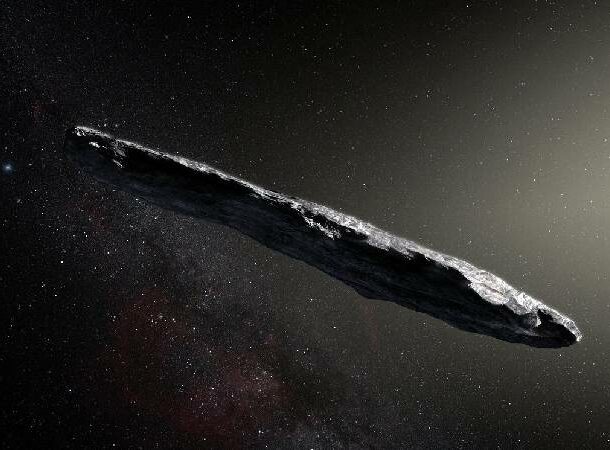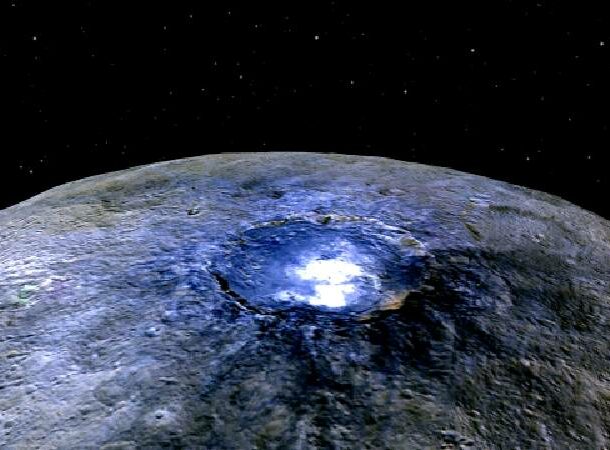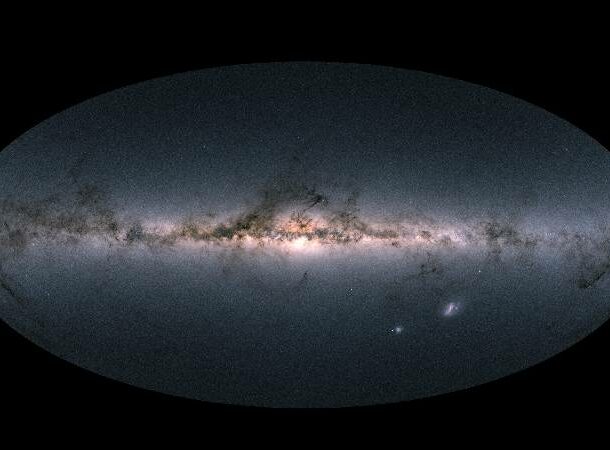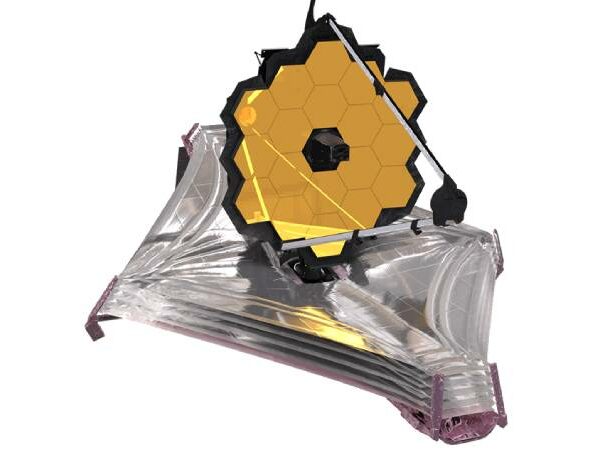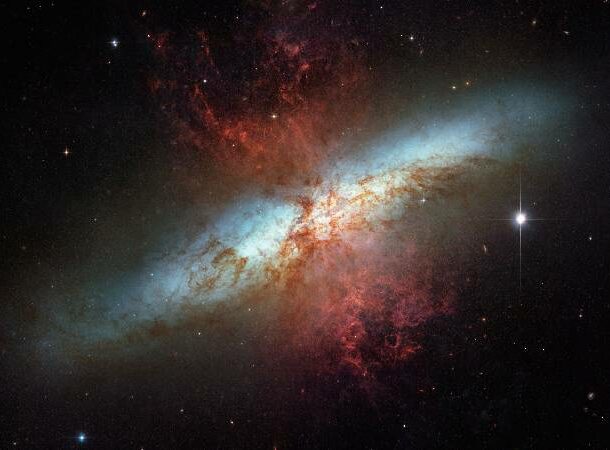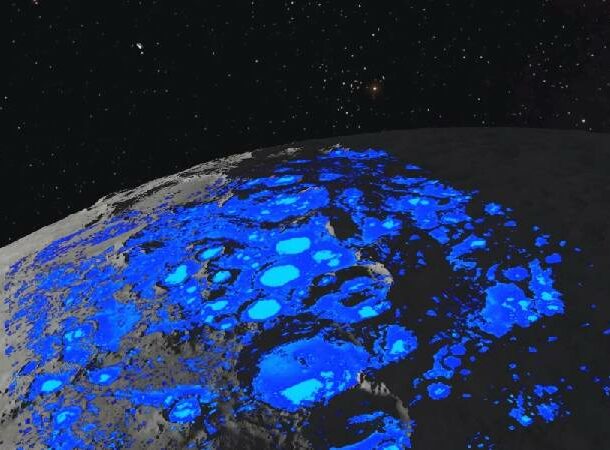From exoplanets to distant star systems, get a bowl of popcorn, put on your space hat, and let’s launch into orbit with these 25 min-blowing space discoveries you’ve never heard of!
As a bit of background, when a star runs out of energy, it collapses in on itself. This creates either a black hole or a neutron star. According to Einstein’s theory of general relativity, if an object has mass, it exerts gravity. The curvature of space-time is distorted by gravity. In 2017, scientists recorded two neutron stars crashing into each other. Was there a big boom? Probably not, because of the absence of sound waves in space, but there were gravitational waves. The powerful impact of the two stars colliding created gravitational waves that caused a ripple in space-time. What they have discovered, though, is that star distribution and the movement of galaxies don’t behave the way they “should” if space was made up of “normal” matter—even if they play around with alternative theories of gravity. It’s extra proof that dark matter exists, but we don’t know what it is. Imagine how many more missions can be completed now… not to mention the ability to send people that are not astronauts into space. Maybe we will go to Mars after all. Speculoos-2c is farther away from us than Ross128b, but it is 40% bigger than the earth, and while it orbits closer to its sun, its sun is six times smaller and half the temperature. A synestia is a short-lived, donut-shaped, hot mass. These masses are thought to result from the collision of two planet-sized bodies. The theory is that the earth was once a synestia, about 4.5 billion years ago. A team of scientists at the Paris Observatory also found evidence of 21 organic molecules, including a type of sugar (also in booze). The molecules found support the theory that comets might have contained life-creating components at one point. This sheds new light on how stars are formed. It’s thought that new stars are formed from exploding stars called supernovas. However, now it’s thought that perhaps infant stars generate this wind to blow away this seed material. Voyager is still sending information back from an uncharted region of the universe. However, in 2016, a team of researchers published a paper explaining that it was a dying star pulled into a spinning supermassive black hole. These spinning black holes don’t only pull in things at their event horizon; they also suck in outside celestial bodies. While comets, asteroids, and rogue planets all meet this definition, the Pan-STARRS 1 telescope in Hawaii spotted a different type of interstellar object in our galaxy roughly the size of a football field, if not bigger. It’s nicknamed “Oumuamua” (roughly translated to “scout”) and is the first one to be discovered passing through our galaxy. Scientists believe it came from a planet outside our solar system. Fun fact: Epsilon Eridian is the location of the fictional Babylon 5 space station from the TV series Babylon 5. In 2015, NASA’s Dawn mission found a volcanic mountain on the dwarf planet Ceres. This mountain is thought to have been formed by a cryovolcano that released freezing salt water mixed with mud. The results? The mapping of 1.7 billion stars in our galaxy This helps scientists study how our galaxy formed, how it is now, how quickly it’s expanding, and a lot more. In the center of the galaxy is a powerful wind aligned with a magnetic field. This wind-driven magnetic field transports a mass of gas and dust equal to the mass of 50 or 60 million suns! Thanks to the James Webb Space Telescope, we are also learning a lot of other things about Jupiter, such as areas of higher and lower altitude. Another discovery from the James Webb Space Telescope is the chemical and molecular makeup of one of these exoplanets. Wasp-39b, also known as “hot Saturn,” has chemicals such as potassium, sodium, water, carbon dioxide, carbon monoxide, and sulfur dioxide in its atmosphere.
If you enjoyed reading about this article. You might also enjoy 25 Strange Things That Have Happened In Space
